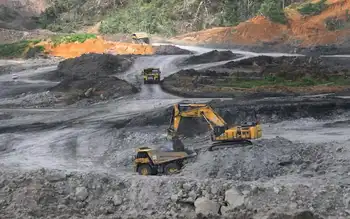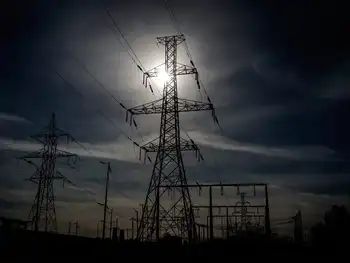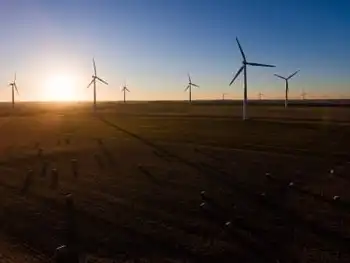UK wave energy gets £22 million boost
By Industrial Info Resources
High Voltage Maintenance Training Online
Our customized live online or in‑person group training can be delivered to your staff at your location.

- Live Online
- 12 hours Instructor-led
- Group Training Available
The government's new Marine Renewables Proving Fund will be managed by the Carbon Trust. The fund is designed to help marine energy developers move technologies to a stage where they can be installed, after which they can seek further financial support from the Marine Renewables Deployment Fund. The Carbon Trust recognizes that extra support is needed to take marine devices successfully from initial prototype development through early-stage commercial generation.
The government has come under fire in recent months for not releasing the funds earlier, as the scheme was announced in July as part of the UK's Renewable Energy Strategy.
"Clean green renewable energy is a central component of our response to climate change and ensuring future energy supplies," said Energy and Climate Change Minister Lord Hunt. "The scope for wave and tidal energy around the UK's shores is massive, and we're working closely with developers in the UK to bring on the necessary technologies. The Proving Fund will help marine projects get off the drawing board and into the water, taking them a vital step closer to full scale commercial viability."
The latest funding boost comes just weeks after the Carbon Trust announced £500,000 in funds to help marine energy firms Pelamis Wave Power and Marine Current Turbines Limited accelerate the process of getting their devices installed and running.
Commenting on the £22 million funding plan, Tom Delay, Chief Executive of the Carbon Trust, said: "Wave and tidal power is a fantastic resource for the UK that could provide up to 20% of our current electricity demand and cut carbon dioxide by tens of millions of tonnes. There are many exciting technologies in development; however, for these to reach commercial viability we need to focus on cost-reduction and make mass deployment a reality. The targeted support provided by the Marine Renewables Proving Fund is a much needed boost to the UK's clean-tech revolution, and we are delighted to be playing a key role in its delivery."
According to the Carbon Trust, a quarter of the world's wave technologies are already being developed in the UK, and this could become a £2 billion-per-year market by 2050, employing up to 16,000 people.
The new funding has been welcomed by the Renewable Energy Association (REA), whose Sector Advisor in Marine Renewables, Steph Merry, said: "These funds will help the UK capitalize on its current status as world leader in the development of wave and tidal devices by helping the marine renewables industry develop commercial applications. It is vital that the UK maintains this current lead, and government needs to give investors positive signals in order to build confidence in the sector and to support UK manufacturing and jobs. Wave and tidal resources in the UK have the potential to provide up to 20% of total UK electricity and the new scheme will help them make a significant contribution to 2020 renewable energy targets."











